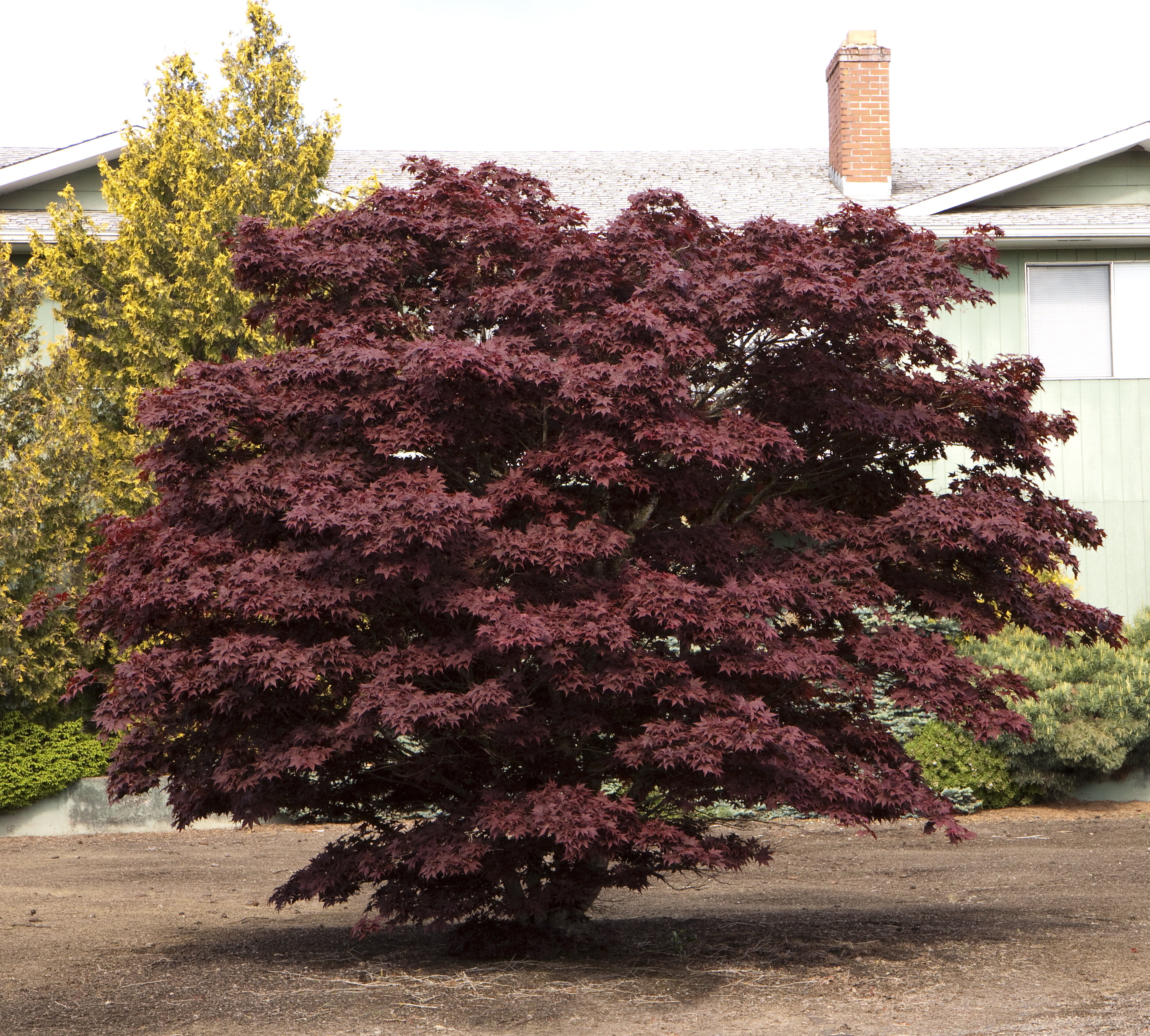

The latter usually remain below 10 feet tall and may be cultivated as a shrub for hedging. On average, most do not even develop past 15 feet. The former is a slow-growing species that has a mature height of about 25 feet. It is one of the smaller varieties of maple that may grow directly upright or in cascading fashion. Japanese maple (Acer palmatum) originated from Asian countries like Japan, China, Korea, and in some regions of Russia. A small secluded garden would host a Japanese maple perfectly and would be optimal for its growth.įinally, before choosing which variety is best for you, consider the tree's general characteristics as opposed to your region's environment and overall conditions. The dimensions of your garden also come into play, if you have a big enough yard and prefer a low-maintenance and rapid-growing tree, a red maple is a better choice. But if your choice leans toward Japanese maples, it is possible to grow them in pots or containers. The amount of sunlight, soil components, and general climate influence the health of both species, and red maples can withstand temperature extremes. Red maples are the more resilient variety and can thrive in most environments whereas the Japanese species have specific growth requirements. First, which tree is more suitable in terms of the general conditions in your area. Several factors have to be considered before finalizing your choice. Apart from this, the tree's sap is manufactured as maple syrup. Companies use them as wood flooring, furniture, and any other products related to timber. The nectar and pollen attract bees, making pollination and the natural cycle possible.Ĭommercially, maple itself is a source of lumber.

Naturally, they serve as food and home for several animals and insects.

They can even be grown as a bonsai specimen. Most plant enthusiasts and gardeners alike plant maples for aesthetic and ornamental purposes. The trees are known for their various ecological, commercial, and aesthetic uses. Although most cultivars are native to Asia, different species are found in several locations across the globe, namely: northern Africa, North America, and Europe. Maples ( Acer) are a variety of trees and shrubs that feature distinct palmate leaves and offer a great variety of sizes, forms, and foliage that display attractive colors. The article will help you determine which variety best suits your local area, the general climate, and your preference. However, different varieties vary in growth and development needs. Maples are an attractive addition to any garden and commonly serve as the focal point of the area. Choosing the right variety would greatly depend on the local environment and conditions in your area. They differ in origin, natural habitat, relative size, and certain care needs.

Japanese and red maple trees both fall under the plant genus Acer and exhibit similarities in terms of general appearance, flowering characteristics, and pH requirement. We did the work to bring you all the information you need to know. Japanese and red maples may belong to the same species but have considerable differences in growth requirements and environmental requisites. Maples are one of the most popular trees included in yards, gardens, and landscapes primarily due to their colorful foliage that changes with the seasons.


 0 kommentar(er)
0 kommentar(er)
